Share the page
Stability and resilience - Our work and impact
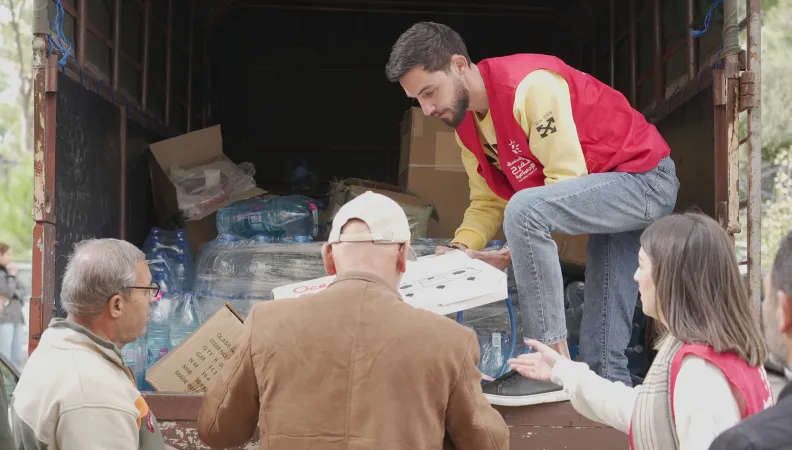
In a world marked by an increasing number of long-lasting, complex and interconnected crises in politics, security, climate, society and the economy, many regions are becoming fragile.
As a result, the traditional sequential approaches to stability – conflict, then humanitarian aid, then development – are showing their weaknesses. Today’s crises are often simultaneous and intertwined, and therefore require more integrated responses that combine emergency interventions, rapid recovery and long-term resilience building.
These efforts to promote peace, stability and resilience must be developed in collaboration with local stakeholders and adhere to the principle of “do no harm” to avoid exacerbating existing conflicts or tensions.
In regions that are vulnerable or affected by crisis or conflict, we carry out projects to strengthen the resilience of populations, facilitate peace and stability in the region, and support long-term post-crisis recovery.
1,8 billion people
Today, around 1.8 billion people, or nearly a quarter of the world’s population, live in fragile countries. By 2030, this figure could reach 2.2 billion.
Our strategic priorities
Through our work we aim to boost the resilience of populations, communities and institutions affected by crises by launching a long-term recovery and development process structured around two main objectives:
1. Restore security and basic state functions: We work with states emerging from crises to ensure that they can provide basic services and stability to their populations.
2. Boost the local economy and support civil society: We also provide more direct support to communities and civil society, depending on their needs, to help them overcome the crisis and participate in the process of rebuilding their country.
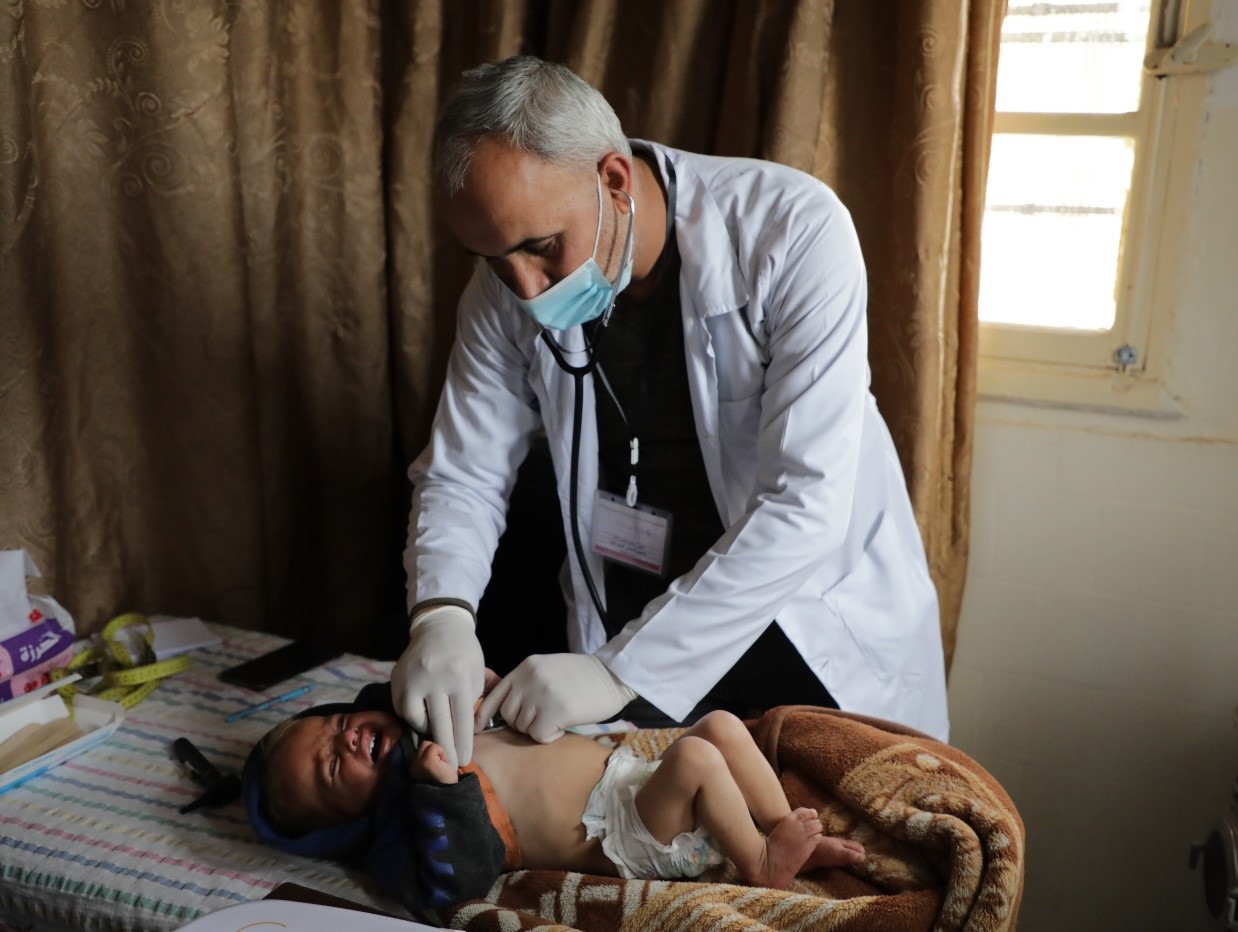
To meet these objectives, we organise our work around four key areas:
- Basic services: Ensure fair and inclusive access to good-quality basic services for populations threatened or affected by conflict.
- Local governance: Strengthen the capacity of local, public and non-governmental stakeholders to respond fairly, inclusively and transparently to the needs of populations in conflict zones and fragile areas; support the deployment of state services to regions, including defence and security; open up areas emerging from crisis.
- Economic recovery: Ensure fair and inclusive access to employment, economic opportunities and livelihoods for people threatened or affected by conflict; support local economic recovery initiatives; promote entrepreneurship to encourage job and wealth creation.
- Social cohesion: Strengthen the capacity of local stakeholders to identify, prevent and respond to risks of community tension and to preserve and promote social cohesion; support initiatives aimed at fostering dialogue within the population; promote alternative methods of conflict resolution.
“There are multiple challenges in southern Lebanon, one being a monumental lack of mental health services. Displaced persons need proper, effective therapy for more than three months. Most of the time, NGOs distribute physical supplies like mattresses, pillows and covers. But what people need is healthcare and they can’t afford it.”
- Program director at SHIELD Association, Lebanon

Our framework for action
Our work is guided by the humanitarian-development-peace nexus, a strategic framework that aims to improve effectiveness by integrating and streamlining coordination and collaboration between humanitarian, development and peace/security stakeholders. This allows us to ensure a smooth transition from immediate crisis response to long-term stability and resilience.
More broadly speaking, our work aligns with the Sustainable Development Goals set by the United Nations Member States in 2015, and more specifically with SDG 16, which aims to promote peaceful societies, access to justice for all, and the establishment of effective, accountable, inclusive institutions.
For further reading
Our services in this area
Faced with increasingly complex and interconnected crises, our approach relies on a flexible and rapid response. This enables us to deploy resources effectively and adapt constantly to changing local situations. Using this approach, we can respond to urgent needs while strengthening the capacities of communities to prevent and overcome crises.
Thanks to our experience on the ground, we’ve learned to prioritise multi-sector approaches and address the factors contributing to a crisis simultaneously. Our action focuses, in particular, on strengthening local governance, ensuring fair access to basic services, economic recovery, and social cohesion. The effectiveness of our work is underpinned by an inclusive and concerted approach that closely involves local populations, civil society organisations, and authorities at different levels. By involving these stakeholders right from the project design stage, we put solutions in place that respond to the specific priorities and needs of the communities concerned.
These collaborations not only bolster stability and resilience initiatives, but ensure their long-term viability. We always ensure our work is mindful of conflict and gender to prevent tensions and promote gender equality.
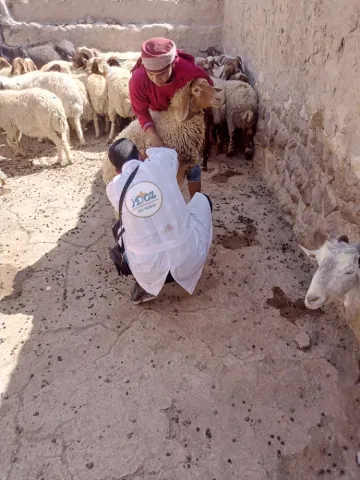 Droits réservés
Droits réservés
Resources for download
FAQs
For more about stability and resilience
Resilience is the capacity of an individual, community or society to adapt or recover successfully in crisis and post-crisis environments.
Expertise France uses long-term, localised, multi-sector strategies to promote the stability and resilience of populations.
To stabilise a crisis or post-crisis environment requires an adaptive, multisector approach that combines rapid action with medium-term recovery. Such an approach revolves around four goals: strengthen local governance, ensure fair access to basic services, aid economic recovery and foster social cohesion. These goals restore confidence, prevent tension, and meet the basic needs of populations affected by conflict and/or disasters.
We work towards these goals in close collaboration with national and local authorities, civil society organisations, and communities. By working on the ground, it is possible to identify priorities tailored to local realities while strengthening institutional capacities and ensuring better coordination between humanitarian, development and peace stakeholders, in line with the humanitarian-development-peace nexus. The inclusive, equitable nature of our projects is further reinforced by factoring gender equality into everything we do.
In other words, stability projects bridge the gap between emergency response and development. They require flexible financing, rapid response, and technical expertise to meet immediate needs while addressing the structural vulnerabilities that contribute to ongoing fragility. This lays the foundations for the long-term resilience of institutions and societies by supporting a transition towards peace and security.
Our projects
Pilot Project for the Redeployment of Decentralized Services, Enhancement of Social Cohesion and Early Recover...
Closed
2016 - 2019
Funders : European Union
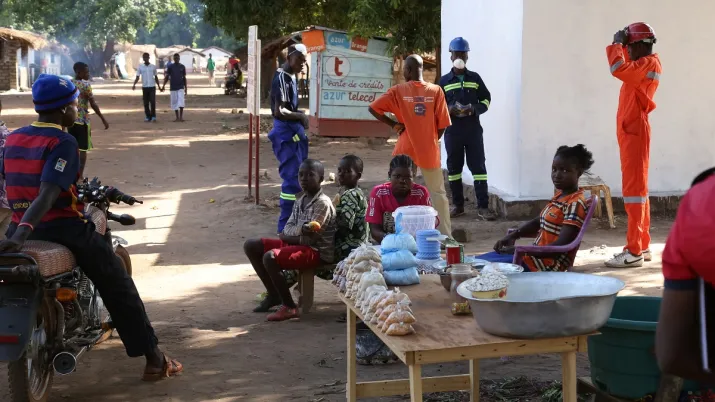
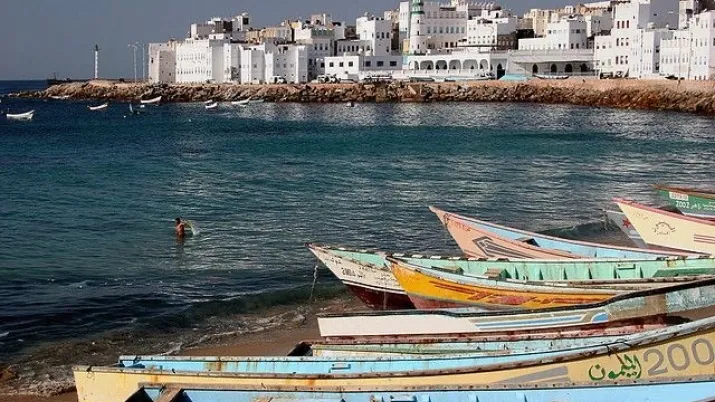

Key figures
- 10 projects underway
- 11 countries of operation
- €25 million invested in projects in 2024
